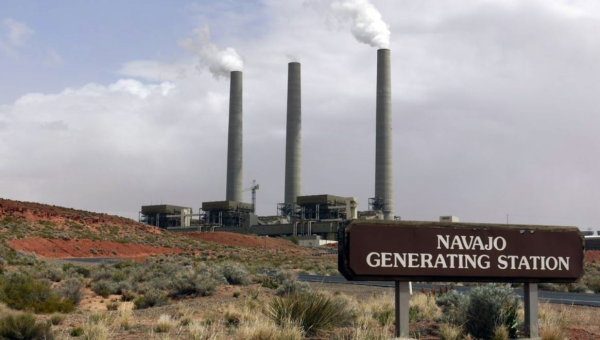EPA's Emission Reduction Rule Representative of Hopeful Collaboration
Published
7/29/2014
By Julie Murphree, Arizona Farm Bureau: The U.S. Environmental Protection Agency yesterday issued its final regional haze rule under the Clean Air Act that provides for an emission reduction plan for the Navajo Generating Station (NGS). The final rule incorporates major elements of the proposal by the Technical Work Group (TWG) that recommended emission-reduction alternatives for the plant. The final rule appears to provide

This is the culmination of a long,
EPA had specifically requested public comment on alternative approaches that addressed the complex issues at the plant, and the agency held a public comment period and public hearings on the TWG recommendations.
Although TWG members are essentially pleased with the results, they will continue to review the entire rule to ensure that no unexpected surprises exist to owners and stakeholders of NGS. As a reminder, members of the TWG are Central Arizona Project, Environmental Defense Fund, Gila River Indian Community, Navajo Nation, Salt River Project, Western Resource Advocates and the Department of the Interior.
“It’s good to get this problem behind us,” said Arizona Farm Bureau Government Relations Director Joe Sigg. “Farm Bureau’s farm and ranch members put a lot of energy into telling their story.”
In response to EPA’s invitation, the TWG worked to address a range of concerns of many parties and to reach an agreement on recommendations. It developed a “better-than-BART” alternative plan that achieves overall greater NOx emission reductions than EPA’s proposal. The TWG Alternative also provides the additional benefit of multi-pollutant reductions, including carbon dioxide and hazardous air pollutants, through a transition for part of the plant or other actions to achieve comparable emissions reductions.
Additionally, the TWG agreement includes a variety of commitments from the Department of Interior that provide significant environmental, clean energy and economic benefits beyond those associated with regional haze. These benefits include 27 million megawatt-hours of new clean energy with a focus on providing economic development for affected tribes, and a commitment from the Interior Department to reduce or offset by 3 percent each year, carbon dioxide emissions associated with NGS power used to service Central Arizona Project (CAP).